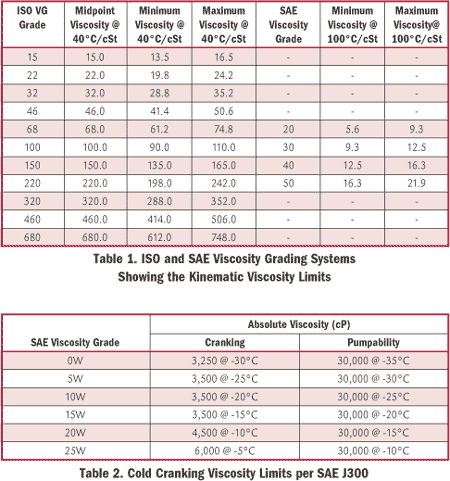I feel stupid for even asking this, but here it goes...
Lets take some oil. I have 5w30 on my shelf, so that will work. If it is rated to flow as a 5w when cold, and a 30w when hot, why does it pour out of the container faster when hot and slower when cold? By the description, shouldn't an oil that is 5w when cold still pour faster than a 30w when hot??? If you take a room temp quart of SAE 30 and pour it, it pours at a certain rate. Take a room temp SAE 50 or SAE 70 and pour it. It is much thicker and pours much slower. This makes sense to me. the 70w is slower flowing than 30w. So, why doesn't this hold true when you pour cold 5w30 vs hot 5w30? It should seem that changing your oil cold would be better than hot because it will leave the engine faster.
All that being said, it really doesn't matter at all but what I am I missing?
I'm sure this is so ridiculous that it should never be on a BITOG posting, but I've always wondered why.
Thanks!
Lets take some oil. I have 5w30 on my shelf, so that will work. If it is rated to flow as a 5w when cold, and a 30w when hot, why does it pour out of the container faster when hot and slower when cold? By the description, shouldn't an oil that is 5w when cold still pour faster than a 30w when hot??? If you take a room temp quart of SAE 30 and pour it, it pours at a certain rate. Take a room temp SAE 50 or SAE 70 and pour it. It is much thicker and pours much slower. This makes sense to me. the 70w is slower flowing than 30w. So, why doesn't this hold true when you pour cold 5w30 vs hot 5w30? It should seem that changing your oil cold would be better than hot because it will leave the engine faster.
All that being said, it really doesn't matter at all but what I am I missing?
I'm sure this is so ridiculous that it should never be on a BITOG posting, but I've always wondered why.
Thanks!



